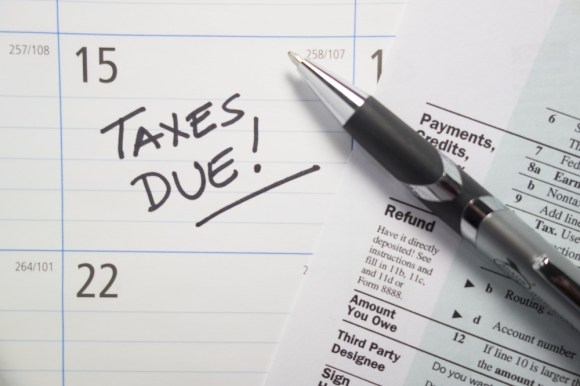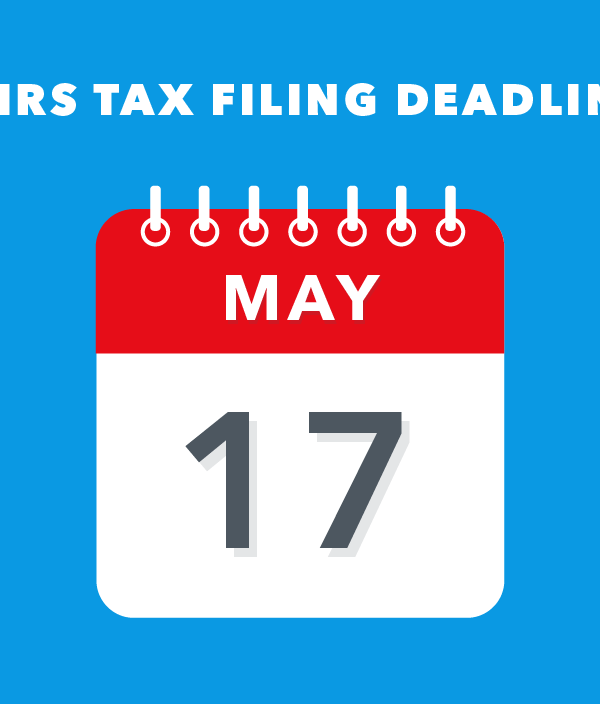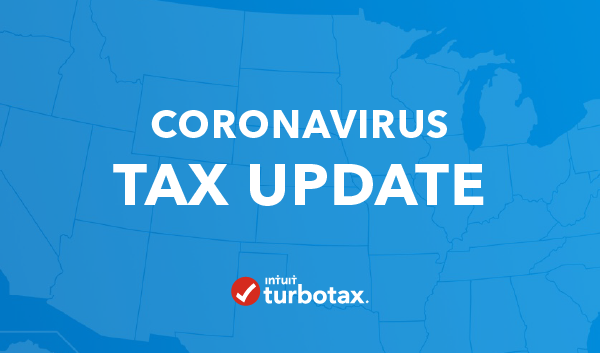Unexpected things happen in life, and sometimes you can’t get your taxes filed on time. If you can’t file your taxes by the April deadline, you can file an extension to get more time to file your taxes.
The IRS can work with you to find solutions to your tax problems, but it’s important to reach out as soon as possible.
What is a tax extension and when is a tax extension due? Here’s what you need to know before the deadline.
Should you file a tax extension?
While you can file earlier, the deadline for filing your taxes is generally April 15. If you don’t file and pay your taxes by this deadline, you may be subject to penalties that can increase the taxes you owe.

If you can’t file or pay your taxes by the deadline, you should consider filing a tax extension form to get more time. Filing a tax extension allows you to avoid late-filing penalties that can cost you more money.
Filing a tax extension doesn’t give you more time to pay your taxes. However, you should file an extension even if you can’t pay. The IRS issues separate failure to pay and failure to file penalties, and you don’t want to pay more in taxes than you have to.
Is there a fee for filing a tax extension?
You don’t have to pay a fee to file for a tax extension. An extension is requested by filling out Form 4868, which can be mailed to the IRs or e-filed using your TurboTax account.
There is no fee to file for an extension, and doing so can save you from a “Failure-to-File” penalty. That penalty is 5% per month, up to 25% of the tax owed. Be aware that filing for an extension does not eliminate the “Failure-to-Pay” penalty, which starts on the original Tax Due Date (usually April 15th) and is .5% per month- up to 25% of the tax owed. You always have the option to make a tax payment before filing your return.
How far out does an extension push your deadline?
There are a handful of tax deadlines you need to be aware of as a taxpayer. The IRS is strict about these deadlines, so you may face penalties if you don’t file or pay your taxes by the deadline.
April 15 is the deadline for filing your tax return. If you can’t file your taxes by this date, you should request an extension by the same deadline. If you make estimated tax payments, this is also when the first quarterly estimated payments are due.

Most people qualify for an automatic extension as long as they file Form 4868 on time. As long as you file your extension by the April 15 deadline, you will not pay failure-to-file penalties as long as you submit your return by the extended deadline of October 15. If you owe tax, you need to pay as much as possible as soon as possible to reduce late payment penalties and interest, but these are not as steep as the failure-to-file penalties.
If you are expecting a refund, there is no penalty for filing late, but you should still file an extension to let the IRS know that your return will be forthcoming and to protect certain legal rights.
Learning how to file a tax extension is easy, and requesting an extension is worthwhile if you can’t file your taxes on time for any reason. That being said, remember, requesting an extension for tax filing only gives you more time to file your return, not additional time for paying your taxes.
Is everyone eligible for a tax extension?
Everyone is eligible for a tax extension regardless of income or filing status. As long as you complete and file Form 4868 by the April 15 deadline, you should receive an automatic 6-month extension. You should have no problem filing for an extension if you’ve been procrastinating on your taxes.
In rare cases, your tax extension may be rejected if some of your information is incorrect.
You can file Form 4868 as an individual or a business owner, if you have a self-employed business reported on a Schedule C with your individual tax return. Understanding how to file a tax extension can help you avoid late filing penalties when it comes to doing your taxes.
What form is used for filing an extension?
If you can’t file your taxes on time and need an extension, you need to complete and submit IRS Form 4868: Application for Automatic Extension of Time to File U.S. Individual Tax Return.
Form 4868 is one of the simpler tax forms — and you don’t need to provide a lot of details. On the first page, you’ll be asked to provide:
- Your name
- Address
- Social Security number (SSN)
- Your spouse’s SSN (if applicable)
You’ll also need to estimate your total taxes for the year and the amount you paid. Subtract any payments you’ve made from your estimated tax bill to find the total balance you still need to pay.
There are also two boxes you can check:
- Check the first box if you’re a U.S. citizen or resident, but you’re “out of the country.”
- Check the second box if you filed Form 1040-NR and didn’t receive wages.
On the final page, you’ll see a list of addresses where you can file your paper Form 4868. You can disregard these addresses if you’re applying online.
How to file a tax extension
Filing a tax extension is as simple as completing and submitting Form 4868. You can file a tax extension the old-fashioned way with a paper form via mail, or you can file an extension online to save time.
File an extension online
If you want to eliminate some of the hassle of filing a tax extension, you can file online. Filing online is easy and free with TurboTax, and it only takes a few minutes of your time.
- Start by visiting the TurboTax Easy Extension page on our website, then click “file now.”
- Once you’re here, you can log into your Intuit account to get started.
- You’ll need to provide some basic information about yourself and your tax liability to request an extension.
- After you file, you can download a PDF copy of your tax extension. Keep this PDF copy in case there are any issues with your tax extension.
TurboTax will also send you a notification when the IRS accepts your extension. Once your extension is accepted, you have until October 15 to file your taxes.
You can also use TurboTax to make payments on your taxes even if you can afford to pay off only a portion of what you’re going to owe in taxes before filing for an extension.
You can call the IRS customer service number to check if your tax extension was approved. When you file a tax extension online with TurboTax Easy Extension, you’ll receive a notification when you’re approved, so you don’t need to call the IRS.

Is there a difference between filing and payment extension?
Filing a tax extension doesn’t mean you have more time to pay your taxes. Even if you file an extension, you may face a failure-to-pay penalty if you don’t pay your taxes on time.
The IRS expects you to file and pay your taxes by the April deadline. If you can’t file your taxes on time, filing an extension will protect you from failure to file penalties. Note that you may face other penalties if you can’t pay your taxes on time.
If you can’t pay what you owe, pay as much as you can to minimize penalties.
In conclusion, if you can’t pay your taxes on time, you should still request an extension to avoid the failure-to-file penalty. The IRS may also work with you to relieve some of your tax debt or set up a payment plan that makes it easier to pay back taxes.
Don’t worry about knowing these tax rules. No matter what moves you made last year, TurboTax will make them count on your taxes. Whether you want to do your taxes yourself or have a TurboTax expert file for you, we’ll make sure you get every dollar you deserve and your biggest possible refund – guaranteed.
3 responses to “How to File an Extension: A Step-By-Step Guide”










